* Belinda Sallin, Director
People who saw the film have repeatedly spoken to me about Hansruedi Giger’s frailty and his age. Amongst them were a few who were appalled.
Of course I gave it some thought during shooting. But my thoughts tended to be about how to arrange a shooting so as to make it comfortable for Hansruedi. And of course, we wanted to maintain dignity at all times. I'm certain that we succeeded. But it's only now that I think I've understood Hansruedi's approach to this. Only now, with some distance to the shoot and after hearing the public's reactions.
How provocative! Encore! As a small boy he was already dragging a skull on the string through the lanes of Chur while other children were hugging their teddy bears. He gave his first performance at the age of six, as Till Rippmann of VICE writes (see Press Reviews for an article well worth reading). And then, almost seventy years later, he dares not to withdraw; he speaks in the presence of a camera even though it is no longer easy for him.
What provocation in a society that is fraught with and dominated by assertions and norms and obsessed by youth, beauty and fitness. Age and frailty become the greatest taboos. HR Giger always waged war against these taboos, he endlessly drew, painted and sculpted them.
It would never have occurred to me during shooting, but Hansruedi Giger’s appearance in this film is again a provocation to some people. Because he simply won't accept being invisible during his latter years, but rather makes himself conspicuous in the eternal cycle of birth, life and death. He becomes a part of his work. His last performance!
HR Giger. 1940
HR Giger, 1992
HR Giger, 2014
HR Giger, 1959 in Vienna
HR Giger, 1976
HR Giger, 2003









